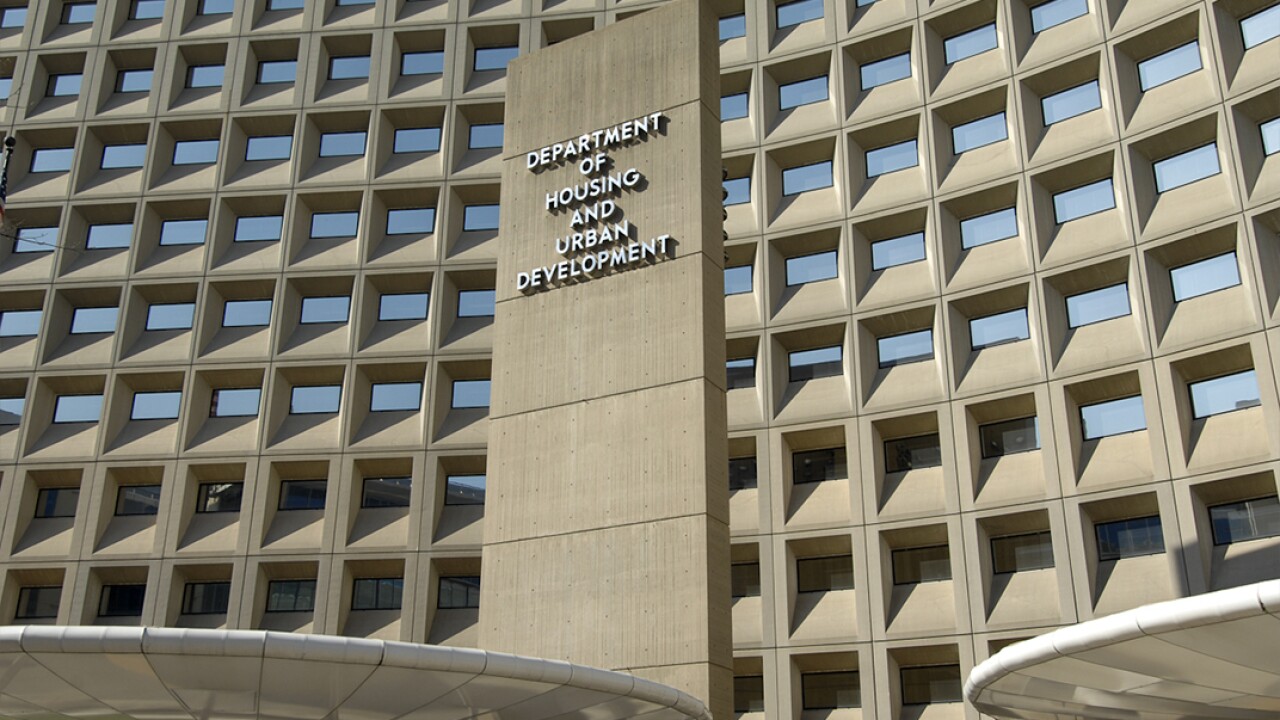In the past "customer relationship management" referred to a software system, more often than not an expensive one, meant to help banks sift through customer data and make cross-selling offers.
Today some banks seem to be defining it as a way of doing business across company lines rather than as a type of technology. It may be more a matter of semantics than anything else, but the term "CRM" increasingly refers to policy and procedure changes designed to boost sales and customer retention across business lines.
The strengths of the earlier CRM approach were supposed to be the outsized ability of technology to store data and retrieve relevant pieces whenever necessary. The missing link was the ability of the people using the systems - who most often were tellers or call center representatives - to utilize the data effectively.
With that in mind, today's implementations put less emphasis on technological wizardry and more on staff training, ease of use, and face time among executives from different parts of the bank. In some cases, the term may just be a fancy label for a process that brings managers together, with or without a computer full of customer information.
"We're trying to get to the basics," said Steven Whitley, a senior vice president and the sales and cultural integration manager at the $80 billion-asset BB&T Corp. of Winston-Salem, N.C.
BB&T has been using CRM technology in its commercial and small-business banking unit for two years and plans to roll it out in its retail bank next year, Mr. Whitley said. But in addition, the bank has been trying to achieve the goals of a well-functioning CRM system - cross-sales and customer retention - in a more collegial and less technology-oriented way.
To that end, executives from different business lines meet regularly - say, once a week - to swap information about their customers and recommend products and services their clients might need from a different part of the bank. A branch manager, for example, might identify small-business customers whose companies are growing and suggest that a cash management representative contact them.
In looking at CRM-related issues, BB&T realized that "what we were talking about was people talking to other people," Mr. Whitley said. "This formalizes the client-sharing process."
Since the meetings began four years ago it has increased the number of referrals that flow from one business line to another, he said. Sales associates used to reach out to about seven customers a day, but now the figure is closer to 10.
Fifth Third Bancorp has also, in effect, deconstructed CRM. "Our philosophy is that CRM is a major organizational change in how the sales process works," said John Zugschwert, a vice president and the manager of marketing information systems.
Keeping in mind the difficulty of changing ingrained habits, the Cincinnati company is modifying its sales processes one component at a time. Instead of implementing a full-blown system, it is revamping, for example, how leads are distributed. "That's a specific task," Mr. Zugschwert said. "It's very controllable, very measurable."
An added benefit is that the bank has not assumed the burdensome cost of implementing a large technology platform, an investment that might not offer a return for years, he said. "With incremental changes, you can get incredibly fast returns."
ING Direct USA, the Wilmington, Del., direct banking arm of the Dutch financial services giant ING Group NV, has not ignored technology in its CRM push, but it has given equal emphasis to employee training and motivation.
"People build great technology, but they forget it's the people who make all the difference," said Dave Lewis, the chief marketing and information technology officer at ING Direct.
It says it has cut down on wasted efforts while increasing sales by stitching together a number of software packages from different vendors. In its call center, for example, it has decreased the number of ineffective pitches by 40% and increased the percentage of inbound calls that result in sales to 10%, from 2% to 3% before it began the implementation, Mr. Lewis said.
Though technology is an essential component of ING's success, it would be ineffective without attention to the call center representatives themselves, Mr. Lewis said. "The slickest CRM system will not work if the sales associates don't buy into it. If they're not motivated, then the technology has no hope of working."
ING coaches its 300 call center representatives in small groups and tries to foster lots of internal competition. It regularly recognizes top achievers and aims to align employee performance measurements with corporate objectives. The workers get immediate feedback on how they are performing compared with their colleagues, Mr. Lewis said. "They love being able to see on a real-time basis how they're selling."
Industry observers say that, in an ideal CRM world, technology and business practices should work in tandem.
"The financial services industry spent more than any other industry on CRM and often with disappointing results," said Kimberly Collins, an analyst at Gartner Inc. "Now there's more focus on business strategy. It's not being driven by technology."
The evolution signals CRM's entry into the final phase of the Gartner hype cycle, she said. In the first phase, banks enthusiastically embrace new technology and talk it up. Then they begin to realize its pitfalls and soon after fall into a trough of despair. The technology reaches a plateau when more than 30% of the industry has worked through its problems.
"CRM is coming up out of the trough, but it's not plateaued," Ms. Collins said.





